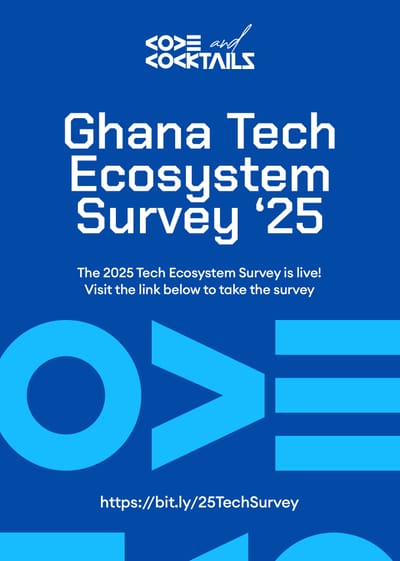Estimating Project Timelines as a Freelancer: My Personal Guide
Learn how I estimate timelines for freelance dev projects after building over 20 apps. From scoping to scheduling, here’s my practical approach to avoid underestimating and overpromising.

One of the most underestimated skills in freelance software development isn’t technical; it’s time estimation.
No matter how skilled you are, if you can’t give clients a realistic timeline and hit it, it will impact your reputation, stress levels, and chances of repeat business.
Over the past six years, I’ve worked on more than 20 projects, from beauty service booking platforms to real-time messaging apps and cloud inspection tools. Along the way, I’ve learned a lot about how to accurately estimate development timelines (and avoid the classic underestimation trap).
Here’s how I approach timeline estimation for freelance projects, from scoping to scheduling.
1. Break Down the Scope (And Ask the Right Questions)
Before you even think of giving a timeline, you need clarity. Most clients start with a general idea, "I want an app like Uber for hairstylists", but you’ll need to dig deep.
Ask:
- What are the must-have features for V1?
- What platforms are needed? (iOS, Android, Web?)
- Are there existing assets, designs, or backend APIs?
- Who handles testing, deployment, and bug fixes?
Once the scope is clear, break it down by modules or components:
- Authentication (sign up, login, forgot password)
- User dashboards
- Booking engine
- Admin panel
- Notifications
- Payments & refunds
Each of these can be further broken into tasks, and that’s where the magic starts.
2. Estimate in Hours, Then Convert to Days/Weeks
Once you have a list of tasks, assign rough time estimates to each. I usually do this in hours. For example:
- Login / Signup Flow (React Native): 6 hours
- Booking Engine with Calendar Integration: 20 hours
- Notifications (Push + In-App): 10 hours
- Admin Dashboard (React): 25 hours
- Backend for Auth + Bookings (Node.js + MongoDB): 30 hours
Pro tip: Don’t forget edge cases and integrations; they always take longer than expected.
Once you tally up the hours, add a buffer (more on that below), then divide by the number of productive hours you can code per day.
Here's a template to use as a guide:
3. Factor in Buffers and Real Life
If you think you’ll finish a module in 3 days, say 4.
Freelancers often underestimate the time lost to:
- Clarifying requirements mid-project
- Waiting for client feedback
- Testing and bug-fixing edge cases
- Life happening (meetings, emergencies, fatigue)
I typically add a 15–30% buffer, especially for bigger features or projects with an evolving scope.
4. Communicate in Milestones, Not Just Deadlines
Don’t just tell a client, “The app will be done in 6 weeks.”
Break the timeline into milestones:
- Week 1: UI wireframes and component library setup
- Week 2–3: Core feature implementation (booking, auth, calendar)
- Week 4: Admin dashboard and backend integrations
- Week 5: QA and bug fixing
- Week 6: Deployment and final polish
This gives clients visibility and helps you stay accountable. It also builds trust; if they see progress each week, they won’t panic when small delays come up.
5. Be Honest About Your Capacity
Many freelancers (myself included in the early days) overbook themselves or forget to factor in ongoing projects.
Ask yourself:
- Am I juggling other clients?
- How many focused dev hours can I actually give daily?
- Do I have other responsibilities (meetings, academic work, etc.)?
If a feature could take 3 days, but you only have 2 to 3 hours per day free, be honest about that. Overpromising always leads to uncomfortable conversations later.
6. Track Time for Future Reference
One of the best things I’ve done is start logging how long it actually take to get tasks and projects done.
My go-to tools for time tracking are:
- Wakatime - It integrates directly into my IDE and tracks how much time I spend coding up each project, giving me weekly analysis and a leaderboard to compare my productivity with others
- Clockify - Clockify helps me with task-based time tracking. I'm able to indicate the exact thing I was working on and track the time accordingly.
After a few projects, you’ll notice patterns:
- Auth always takes longer than expected
- UI tweaks + animations are time sinks
- Clients rarely give final assets on time
This historical data helps you make better estimates over time.
Final Thoughts
Estimating timelines isn't just about how fast you can write code. It’s about being realistic, communicative, and proactive. Underpromise, overdeliver.
As freelancers, our ability to manage client expectations is just as important as building great software. When you consistently deliver on time (or ahead), it builds trust and opens doors to more opportunities.
Remember: It’s better to be accurate than optimistic.





Comments